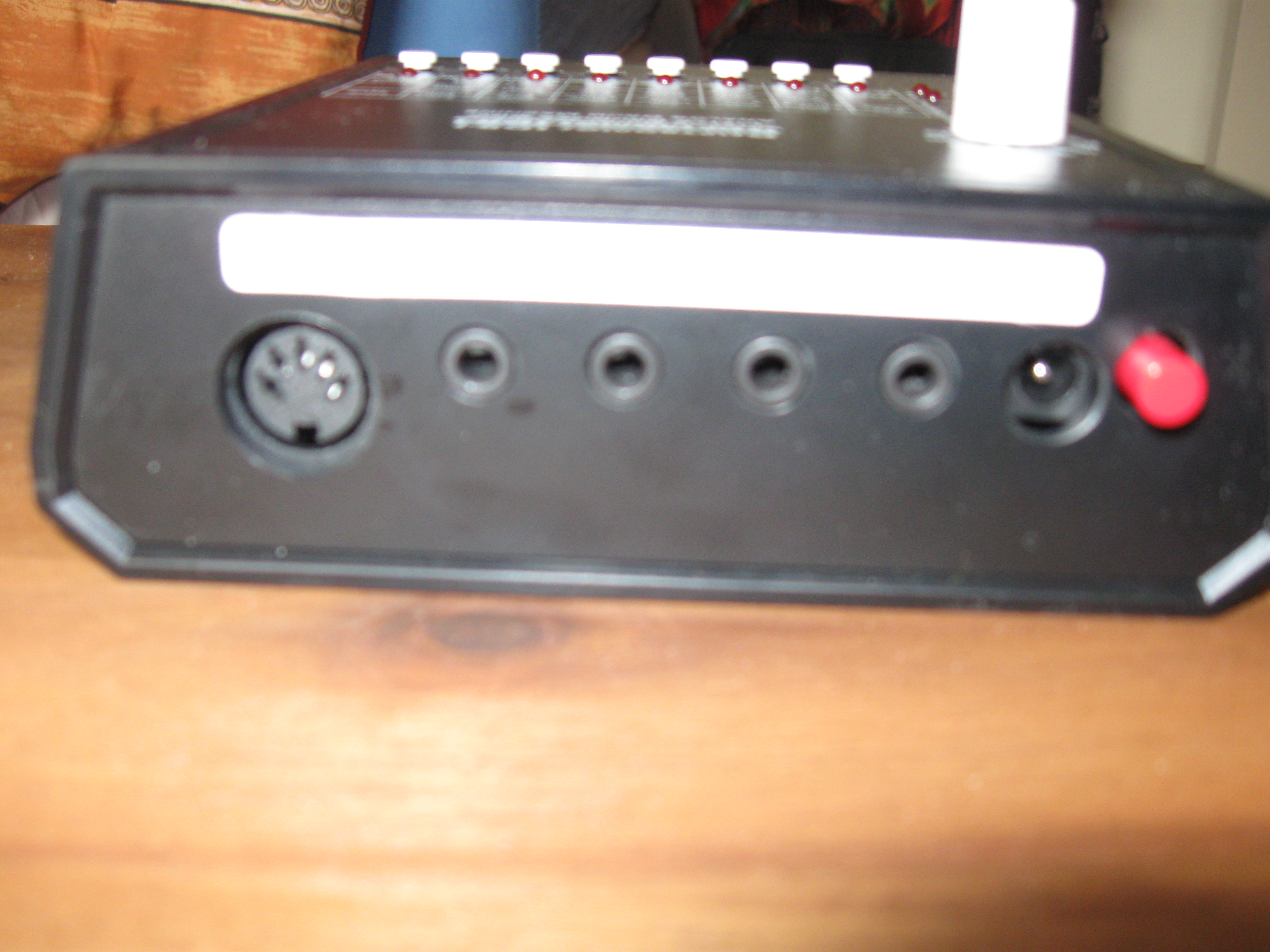Audiorealism Drum Machine Crackle
AudioRealism Drum Machine (ADM) is an application includes bass drums, cymbals, and snares used to describe the sound of drum machines. ADM contains three classic vintage drum machines from that era rolled into one, combined with a 32-step internal sequencer and pattern controlled fx (PCF).

Get all your patterns into ADM via the Import Rebirth function or directly from your old 909 via sysex. ADM contains 25 drum generators, each one carefully modeled after the classics' analog circuits and 4 PCM players, for a total of 34 sounds. AudioRealism Drum Machine (ADM) is an application includes bass drums, cymbals, and snares used to describe the sound of drum machines.

ADM contains three classic vintage drum machines from that era rolled into one, combined with a 32-step internal sequencer and pattern controlled fx (PCF). Get all your patterns into ADM via the Import Rebirth function or directly from your old 909 via sysex. ADM contains 25 drum generators, each one carefully modeled after the classics' analog circuits and 4 PCM players, for a total of 34 sounds.
Roland may not have offered up the first programmable drum machine - that distinction goes to kit company PAiA - but it was the first to mass-produce one that didn’t require soldering skills.Called the CR-78, it came out in 1978 and was heard on chart staples like Blondie’s Heart of Glass and Phil Collins’ ubiquitous In the Air Tonight. Unfortunately, the thing wasn’t exactly easy to program, and required a now-rare optional add-on box to do so.

Nevertheless, it was a hit, and set Roland on its way to releasing its easier-to-grok classic beatboxes like the TR-808 and TR-909.All of these boxes had in common their analogue circuitry and a grid-based approach to creating beats. They were also priced out of the reach of most workaday gigging musicians - at least until Roland blew them out at discounted prices.Thankfully, Roland had an entire division dedicated to the gigging musician. Called Boss, the sub-brand was known for its low-cost, high-quality stompboxes, and its drum machines were specifically aimed at budding guitarists. They could even be run off batteries, a feature found more often on the pedalboard than in the recording studio.Boss’s initial foray into portable, programmable beatboxery came in 1980 in the form of the DR-55, a tiny, industrial-looking slab best known as the first incarnation of the Sisters of Mercy’s infamous ‘Doktor Avalanche’. A simple step-entry sequencer enabled the user to program up to six 16-step patterns and a pair of 12-step patterns. Only four sounds (all analogue) were included, and hi-hat patterns were not programmable.The most interesting feature of the DR-110 was its display.
A graphic representation of the pattern grid on a small but informative LCD made it easy to see your beats as you made them.Things improved with the release of the DR-110 in 1983. A far more sophisticated machine, it too could be powered from batteries, and it too derived its sounds from analogue circuitry. This time there were six sounds onboard: kick, snare, open and closed hats, cymbal, and a superb hand clap.All of these sounds could be programmed via live recording or step-entry into any of 16 user pattern slots, which could then be arranged into one of two available songs. The batteries would retain all stored data between power cycles.The most interesting feature of the DR-110 was its display. A graphic representation of the pattern grid on a small but informative LCD made it easy to see your beats as you made them. This was cutting-edge in 1983, reflected in the seldom-used full name of the unit: DR-110 Dr. Rhythm Graphic.The sound of the DR-110 is, as you’d expect, akin to Roland’s more expensive (and famous) machines.
The parts of the onboard ‘drum kit’ are generated by combinations of tuned resonance, noise, square wave, and ‘pulse-train modulation’ signals, making the DR-110 snappy, punchy and, on occasion, a bit shrill - in other words, classic Roland.The DR-110 sold very well. As a result, they’re plentiful on the used market, and - unlike most bits of '80s Roland studio kit - secondhand prices have yet to climb into the stratosphere. A favourite among sample providers, there are sample packs a-plenty for modern producers that want the sounds in the computer. Three software takes on the DR-110Dubsounds samplesDubsounds have gathered this inexpensive collection of DR-110 beats and presented them as ReCycle RX2 loops, along with 128 WAV hits. The loops contain all 16 of the DR-110’s factory preset patterns, along with another 16 custom patterns from Dubsounds.
Beatcraft Drum Machine
You get 25MB of sounds for five bones.Rhythmic Robot Doctor 110At a mere £3.75, it’s almost impossible to resist the analogue snap, crackle, and bop of this cheeky Kontakt contraption. Crafted from a meticulously sampled DR-110, it offers control over accent, volume, and pan of each of the six sounds, while adding bit reduction, tube and distortion effects, and velocity sensitivity.Audio Realism ADM CMIf you’d prefer a dedicated drum machine plugin to a collection of samples, you already have a great alternative in AudioRealism’s ADM CM, which you can find in Computer Music’s cm Plugins collection. Designed to emulate the DR-110’s older (but similar sounding) sibling the TR-606, it can do a mean DR-110, too!